Can you imagine England without its national beverage - tea? Tea first became popular after King Charles II's wife brought it with her from her home country of Spain in the mid 1600s. In 1669, the East India Company broguht its first shipment of tea from China, and in 1706, the first tea room in London opened. By the 1830s, teas are then shipped from India for the first time. The tea trade is actually what brought about an important part of history of the ship 'Cutty Sark', which was known as a 'tea clipper'.
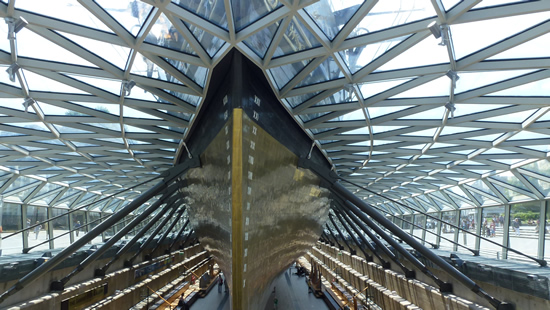
'Cutty Sark' below deck
In late 1869, the 'Cutty Sark' was launched. The ship was named after the cutty sark, the Scottish name for a short night dress that women used to wear. It was also said to be inspired by a poem written by Tom O'Shanter about a witch named Nannie who was wearing a cutty sark. The figurehead on the ship is supposed to represent the witch.
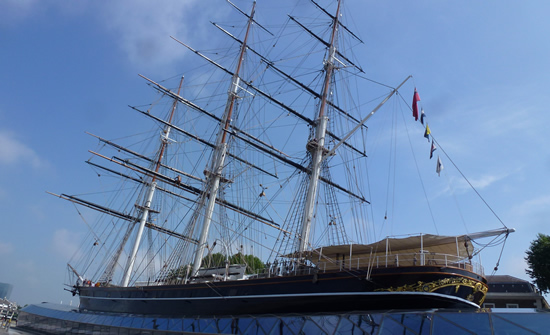
The ship made eight voyages to China. The quickest time to Shanghai in China was 89 days. The ship would usually stay about a month in China, so the ship would be on its voyage for about ten months.
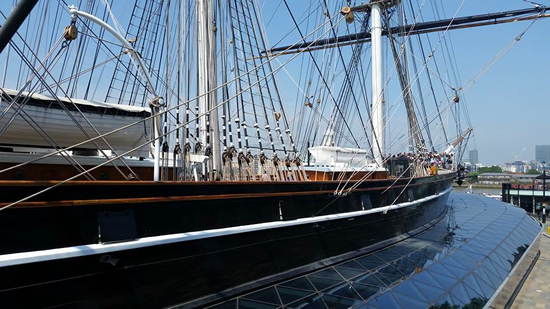
Tea was shipped in exotic and colourful boxes with Chinese writing on them. Replica tea boxes were located on the ship so it appeared that they were stacked in the ship and visitors could walk over them. How the tea was packed onto the ship was also illustrated.
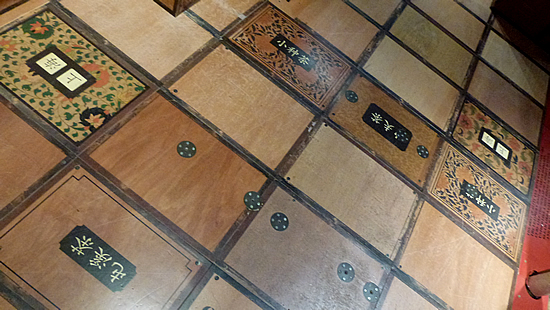
As the ship is very old, a lot of restorative work has been done to her, including building on her steel frame. To inform people about which parts of the ship are new materials (and which are original), the original ship's metalwork has been painted white. In the photograph below, the evidence of the wear and tear of the ship is obvious.
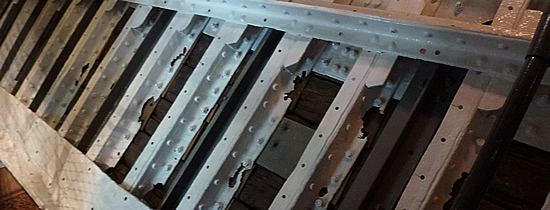
Below deck are interactive exhibits and artefacts from the ship, including a star of India and the ship's bell. The exhibit also describes other items that were shipped on the boat, in addition to tea. These included other goods and items from the far east, sheep, and furniture.
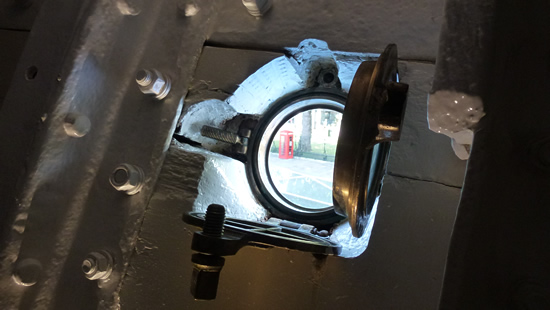
One of the interactive exhibits was to 'pilot' your own 'Cutty Sark' electronically using a mock ship's wheel and a map that detailed the currents of the ocean, and the objective was to get the ship back to its London destination in the quickest time that the 'Cutty Sark' achieved in reality (and without being ship-wrecked)!
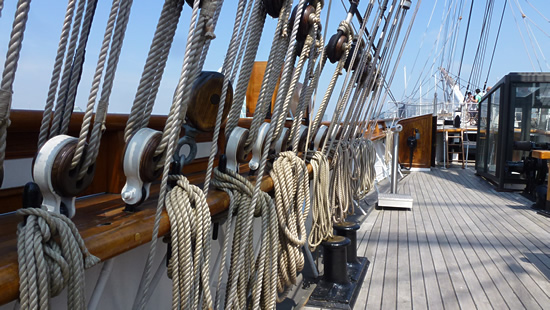
The 'Cutty Sark' did not have too long of a career as steam-powered boats started to be in use to collect tea shortly after the ship was built. The Suez Canal was opened, and this cut the number of days it took to reach the east from Europe. The 'Cutty Sark' then turned to other trade, such as sheep and other goods and luxuries that were shown in the exhibition below the deck.

The top decks could also be explored, and these included living quarters, the captain's room, and other areas for the crew and captain. Cards next to the equipment on the deck told what the item was.
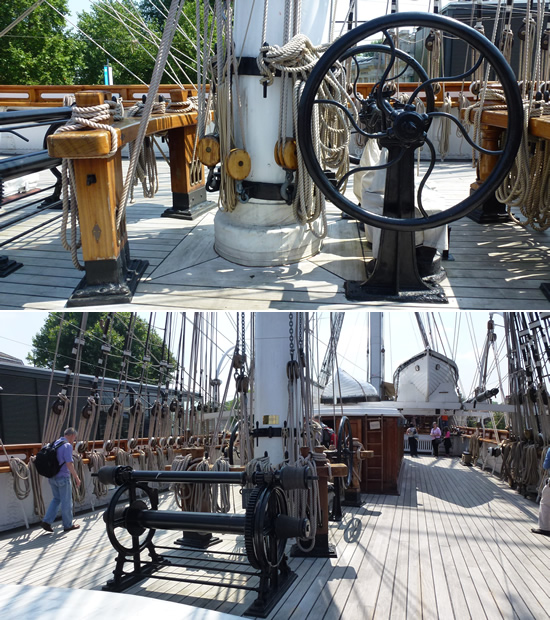
There are also some nice views from the top of the deck, and we were fortunate to have a beautiful sunny day. Canary Wharf could be seen from the deck. It is amazing that this ship is here, after its fate led it to different countries and places in the world as a working and tourism ship for some time, before eventually coming back to London to be displayed as a museum.
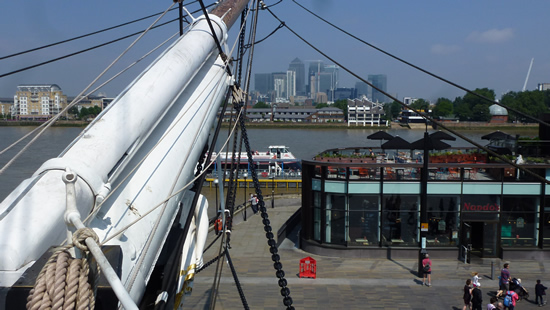
The shape of the hull is what made the ship so quick. It was plated with copper. In fact, the ship resting on the ground and gravity was beginning to warp the shape of the hull, so a lot of time and money was spent on suspending the ship in mid-air so that it does not rest directly onto the ground. This is why there's a large steel structure with buttresses around the ship so that visitors can walk underneath it. On this level is the ship's longest wooden plank. It is part of the original ship and is shown in its fragile condition. Burn marks can also be seen on this piece of wood from the fire that happened a few years ago. (After a large restoration project, the ship was finally reopened to the public in 2012.)
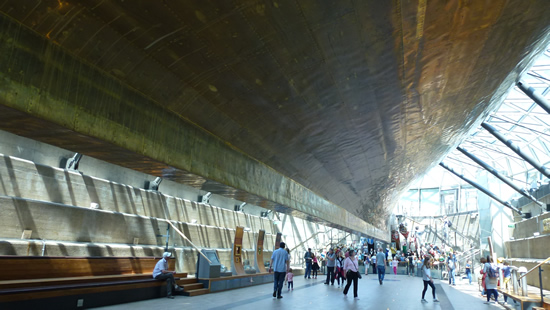
The scale and length of the 'Cutty Sark' is evident below. There is a restaurant here, and there's also a few more exhibitions, including how the alcoholic drink 'Cutty Sark' got its name; it was, of course, inspired by press about the famous ship. One of the most interesting exhibits on this level is the figurehead collection, known as the Long John Silvers Collection. This is the largest collection of ship figureheads in the world and was given to 'Cutty Sark' by Captain Long John Silvers (Sydney Cumbers). This collection and the 'Cutty Sark' is dedicated to the Merchant Navy.
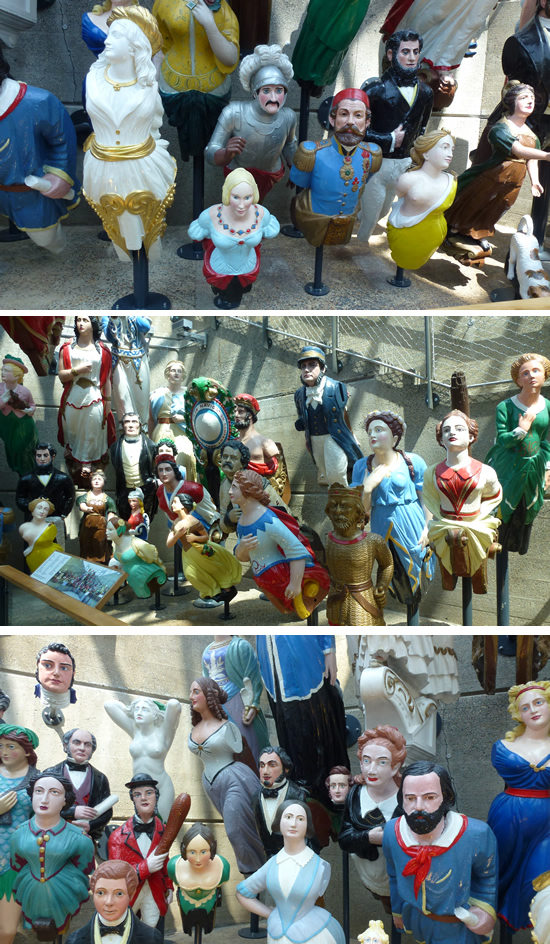
Figurehead collection
A plaque is located in the area to identify each figurehead; some of them are modeled after famous people. One was Abraham Lincoln. Figureheads were regarded as important, and the crew would always keep them clean and look after them as they believed that the ship's soul was embodied in its figurehead. Not all of the figureheads are human.
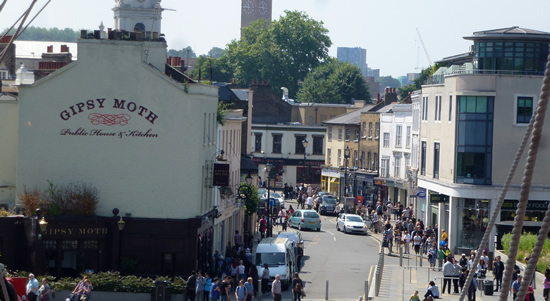
After our exploration of the 'Cutty Sark' ship, we went across the street to the Gipsy Moth pub, which we could see from the top deck of the ship. The restaurant/pub was busy, and all of the seats outside in the garden were taken, but we were lucky to grab a table and enjoyed our lunch. I had the chicken pie, and everything tasted nice.
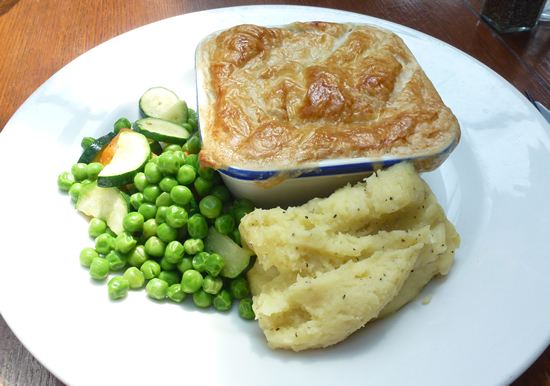
Have you visited 'Cutty Sark'? What did you think? Leave me a comment.
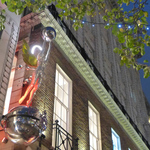

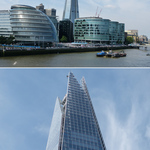
Leave a comment